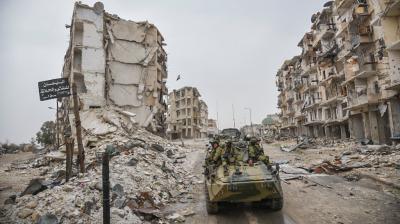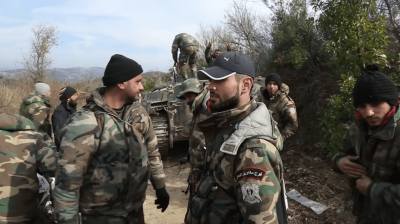Syria in 2019: four scenarios
Policy makers trying to grapple with and prepare for Syria’s future are facing a complex and difficult task. How will the future evolve? What are possible policy responses?
These scenarios aim to answer these questions. It identifies policy options for the future of Syria, using four potential scenarios in 2019. These scenarios are built on the basis of two key uncertainties: the level of violence in the Syrian conflict, which can either increase of decrease, and whether governance in Syria will further fragment or centralise, either by design or use of force.
A scenario framework was designed, resulting in the following scenarios: Fragile Peace, Reconquista, Warlordism, and Frozen Conflict.
Main findings
It is very likely that violence will continue, even in the more optimistic scenarios. The tensions between the Syrian government and the Kurds form a destabilising factor. Furthermore IS will most likely not cease to exist despite its territorial defeat, but continue underground.
The problem in Syria is not just IS, but the lack of inclusive governance and equal opportunities. Consequently, the defeat of IS will not lead to the end of the conflict.
These root causes need to be addressed in a comprehensive manner. A too narrow military focus might backfire as it empowers the militia and warlords of the future. Furthermore, there is a clear role for diplomacy to facilitate and stimulate dialogue with as many partners as possible.






